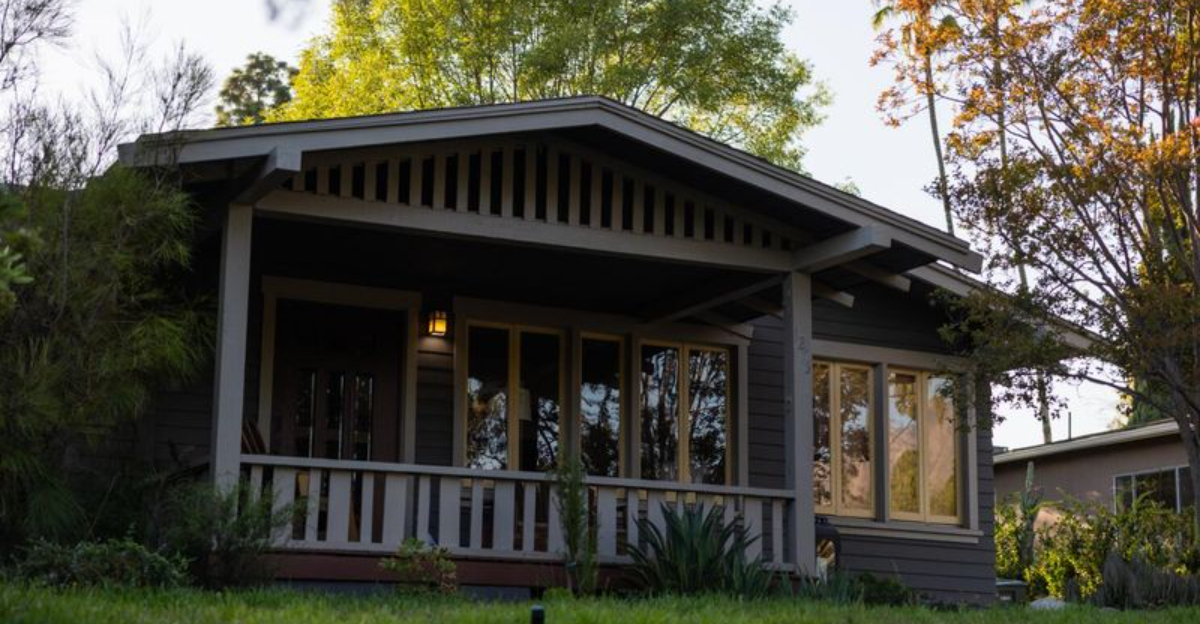Where You Can Still Buy A Home In California For Under $225K

Owning a home in the Golden State can feel like chasing a dream that’s always just out of reach. Yet hidden among its valleys and quiet towns are places where that dream still feels possible.
In California’s more affordable counties, wide skies and small-town charm meet prices that make homeownership more than a fantasy – it’s a real opportunity for those willing to look beyond the usual hotspots.
1. Why $225K Matters In California
In a state where the average home price hovers around $800,000, finding anything under $225,000 feels almost impossible. For first-time buyers, young families, or retirees on fixed incomes, this price point could mean the difference between renting forever and owning a piece of California.
Affordability opens doors to stability and long-term investment. Even in less populated counties, homeownership builds equity and offers financial security that renting simply cannot match.
2. The State Of California’s Housing Market
California’s real estate market has been climbing for decades, driven by tech booms, limited inventory, and high demand. Coastal cities like San Francisco and Los Angeles have become playgrounds for the wealthy, pushing middle-class families further inland.
While urban areas remain unaffordable, rural and remote counties offer surprising opportunities. These markets move slower but provide entry points for buyers willing to trade convenience for cost savings and breathing room.
3. Methodology: How The Lowest-Price Counties Were Identified
Identifying where homes cost less than $225,000 requires digging into county-level sales data, median home prices, and recent transaction records. Analysts typically use public records from real estate databases and county assessor offices to track pricing trends.
Only counties with consistent listings below the threshold make the cut. This method ensures buyers get accurate, up-to-date information rather than outdated or misleading snapshots of the market.
4. Top Counties Where Homes Cost Less Than $225K
Several counties in Northern California and the Central Valley still offer homes under $225,000. Modoc, Lassen, and Siskiyou counties top the list, along with parts of Tehama and Glenn counties.
These regions are largely rural, with small towns, wide-open spaces, and slower-paced lifestyles. While they lack big-city amenities, they provide affordable entry into California homeownership with room to grow and plenty of natural beauty surrounding you.
5. What $225K Buys You In These Counties
For $225,000 or less, buyers can expect modest single-family homes, often with two to three bedrooms and one or two bathrooms. Many properties sit on larger lots compared to urban areas, offering space for gardens, workshops, or even small farms.
Homes may need some updating or repairs, but they provide solid bones and room for personalization. Expect simpler layouts, older finishes, and a chance to make the space truly yours.
6. Trade-Offs: Distance, Amenities, And Infrastructure
Buying in a low-cost county means accepting certain trade-offs. You’ll likely live far from major cities, entertainment hubs, and well-stocked shopping centers. Internet speeds may lag, and healthcare facilities could be miles away.
Public transportation is rare, so owning a reliable vehicle becomes essential. Schools may be smaller, and job opportunities limited. These sacrifices are real, but for some buyers, the peace and affordability outweigh the inconveniences.
7. Financing And Affordability In Low-Cost Counties
Securing financing for homes under $225,000 can be easier than in pricier markets, as loan amounts are smaller and monthly payments more manageable. Many buyers qualify for conventional loans, FHA loans, or USDA rural housing loans.
USDA loans, in particular, offer zero down payment options for eligible rural properties. Lower home prices also mean reduced property taxes and insurance costs, making homeownership more sustainable for modest incomes.
8. Tips For Buyers Entering These Markets
Before diving in, visit the area multiple times to get a true feel for the community and lifestyle. Talk to locals, explore nearby towns, and check out schools, grocery stores, and medical facilities.
Get a thorough home inspection, as older properties may have hidden issues. Research internet providers, water quality, and emergency services. Patience and homework pay off when buying in unfamiliar, lower-cost markets.
9. Local Market Trends And Future Growth Prospects
These affordable counties tend to have stable or slowly appreciating home values, rather than explosive growth. Population increases are modest, and economic development is gradual, often tied to agriculture, forestry, or tourism.
Some areas may see growth as remote work becomes more common, attracting buyers seeking space and affordability. However, dramatic appreciation is unlikely, so buyers should focus on livability rather than quick profits.
10. Risks And Challenges Of Buying In Lower-Cost Areas
Lower prices often come with higher risks. Homes may require significant repairs, and finding contractors in remote areas can be difficult and expensive. Resale markets are smaller, meaning selling later could take time.
Natural disaster risks like wildfires or flooding may be more pronounced in certain regions. Limited job markets can make relocation tough if employment circumstances change. Buyers should weigh these factors carefully before committing.
11. Comparisons To More Expensive California Counties
Comparing a $225,000 home in Lassen County to a $1.5 million condo in San Diego highlights stark differences in lifestyle, amenities, and opportunity. Coastal buyers get proximity to jobs, culture, and beaches, but pay dearly for it.
Inland buyers trade convenience for space, quiet, and affordability. Both choices are valid, depending on priorities. Understanding what you value most helps determine which path makes sense for your family and future.
12. Is $225K Enough? And Where to Look Next
For many buyers, $225,000 is enough to secure a foothold in California’s housing market, especially in rural counties. It won’t buy luxury, but it offers stability, space, and a chance to build equity over time.
If these counties don’t fit your needs, consider expanding your search to neighboring states or waiting for market shifts. Flexibility and realistic expectations are key to finding a home that works within your budget.






